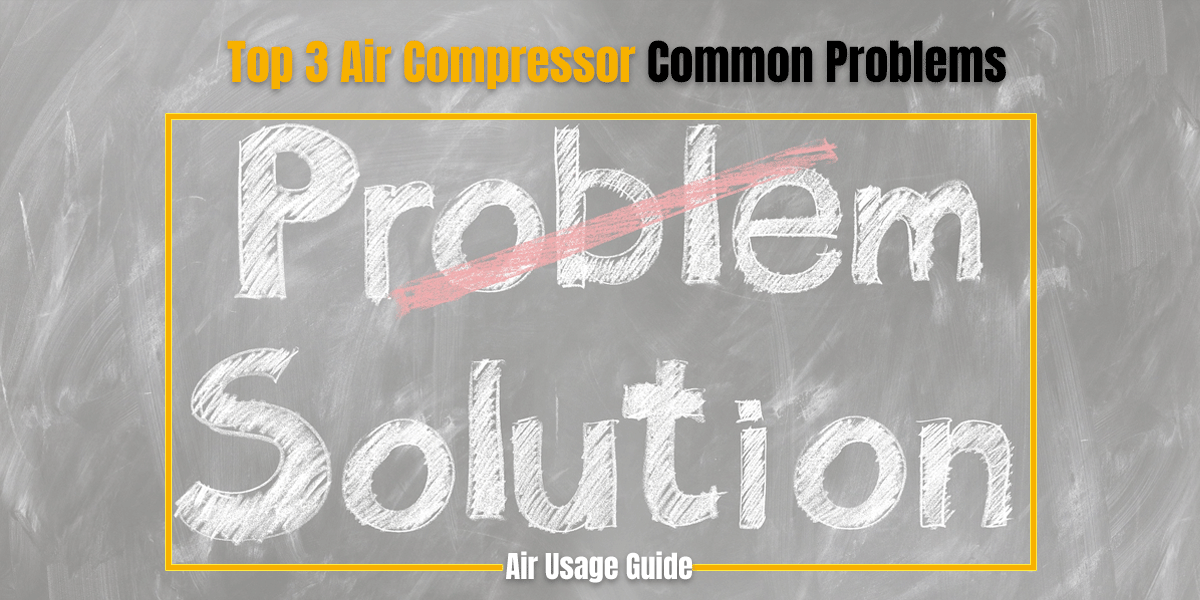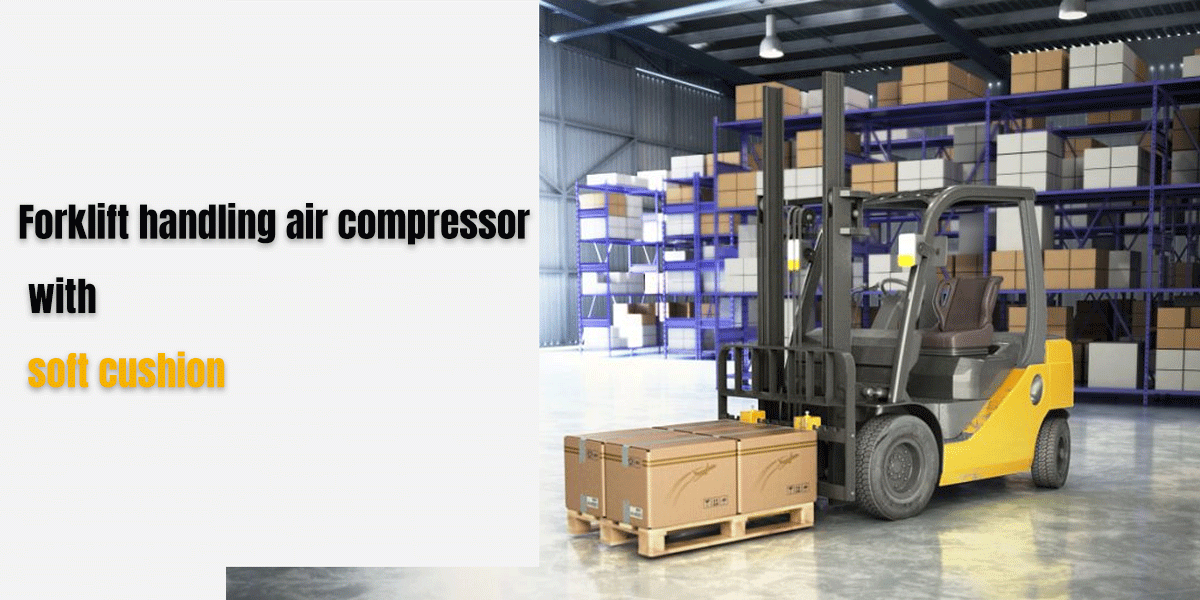Top 3 Air Compressor Common Problems

1Precautions during Handling:
1.1 To ensure safe handling, pay attention to the total weight of the unit.
1.2 During crane handling for balance, note the position of the wire rope, use lifting gear, and avoid damaging the unit by preventing the wire rope from squeezing the casing.
1.3 When using a forklift for handling, to prevent surface damage to the compressor, use soft pads for protection, and ensure that the forklift forks are securely inserted into the compressor base.

2Installation Environment Layout Requirements:
2.1 The equipment room should be located as close to the load center as possible to minimize pipeline length, reduce pressure loss, decrease power consumption, and ensure gas supply pressure.
2.2 When planning the equipment room location, consider the rationality of power supply and water supply.
2.3 To accommodate future expansion needs, leave room for expansion around the equipment room.
2.4 Air compressors directly intake air from the atmosphere. To reduce wear, corrosion, and the risk of explosion, the equipment room must maintain a certain distance from areas with explosive, corrosive, toxic gases, dust, and other harmful substances. It should be located on the downwind side of the least frequent annual wind direction to minimize the impact of harmful substances on the equipment room.
2.5 Due to the large heat dissipation of compressors, especially in summer when internal temperatures are high, ensure good ventilation in the equipment room and minimize exposure to direct sunlight.
2.6 While compressors have enclosures, outdoor installation is strictly prohibited to prevent exposure to rain.
3Installation Installation Requirements:
3.1 Sufficient space should be reserved for maintenance work.
3.2 The ground should preferably be a smooth cement surface. The compressor base should be placed on a concrete platform about 150mm above the ground, with a platform levelness not exceeding 0.5/1000 (mm). Grooves of dimensions specified by the user should be provided between the platform and its surroundings.
3.3 When placing the compressor unit on the platform, ensure a good fit between the bottom of the casing and the ground to minimize vibration and noise.
3.4 For users with conditions, the walls of the equipment room can be covered with sound-absorbing panels to further reduce noise. However, avoid using hard surface materials such as ceramic tiles to decorate the walls.
3.5 Since air-cooled compressors are greatly affected by ambient temperature, the equipment room should be well-ventilated, dry, equipped with exhaust fans, and maintain the environmental temperature of the compressor between 5°C to 40°C.
3.6 The equipment room should have low dust, clean air, and be free of corrosive media such as harmful gases and sulfuric acid.
Air compressors generate heat, especially air-cooled ones. Therefore, proper ventilation in the plant is crucial. Considering the external wind direction, installing exhaust equipment is necessary.
The exhaust volume should be greater than the circulation fan or cooling fan’s airflow, and the area of the cooling air inlet should be sufficiently large. Additionally, a guide hood can be installed at the exhaust fan outlet on top of the air compressor to draw away the hot air and maintain the room temperature between 5-40°C. When using exhaust ducts, space should be reserved for flexible joints to facilitate maintenance (such as when cleaning the cooler, there is enough space to remove compressor covers and other parts).


